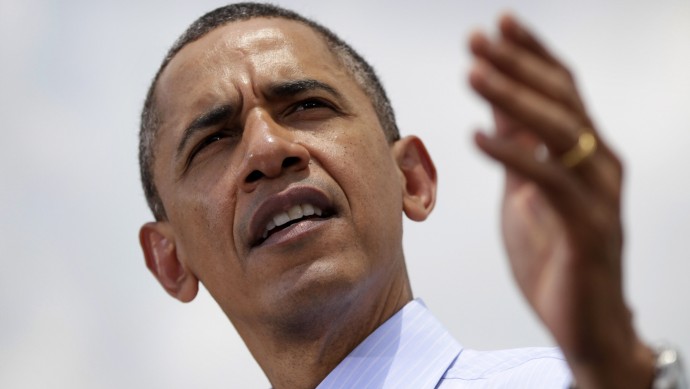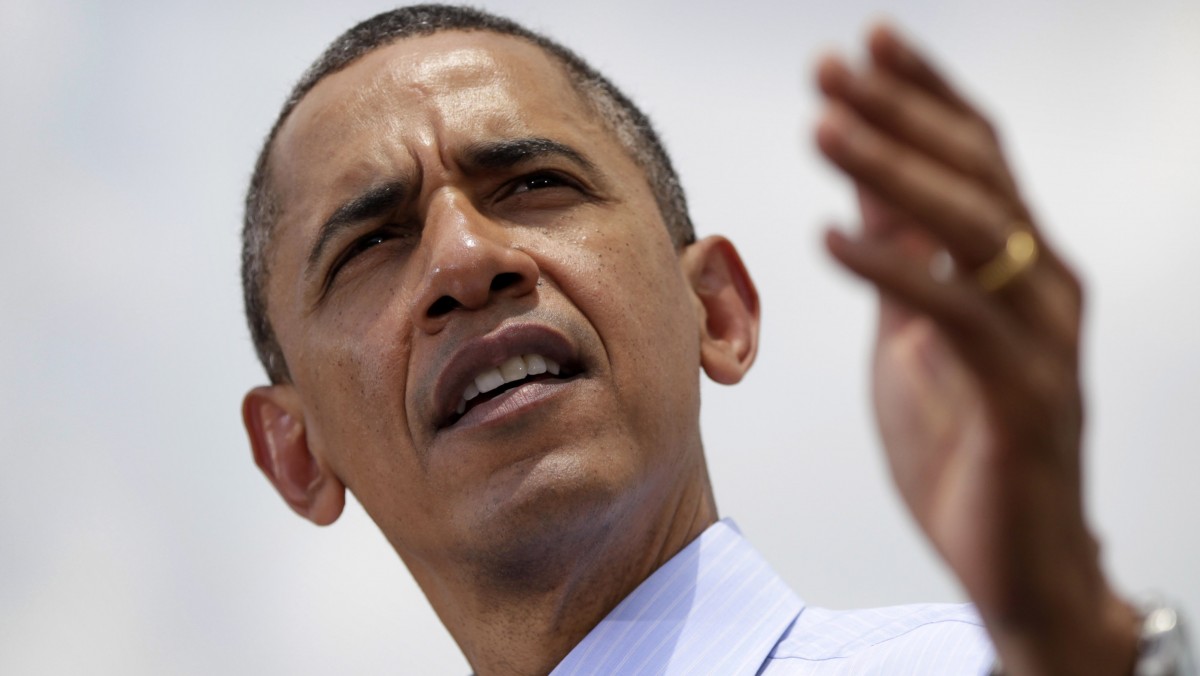
WASHINGTON (AP) — President Barack Obama on Monday announced a plan to impose sanctions against foreign entities and individuals who help authoritarian regimes use technology to crackdown on dissidents.
Obama signed an executive order authorizing the new category of sanctions on Sunday. The tougher penalties are aimed in particular at those who facilitate human-rights abuses in Syria and Iran.
Obama announced the new sanctions during a speech at the U.S. Holocaust Memorial Museum.
While rebellions in countries like Libya and Egypt have been fueled by cellphones and social media, other regimes have used technology to track dissidents or block Internet access.
For example, Iran has provided the regime of Syrian President Bashar Assad with technology to jam cellphones and block or monitor the social networking sites rebels would use to organize demonstrations.
Obama has also asked the U.S. intelligence community to include assessments of the likelihood of mass killings in its National Intelligence Estimates.
The White House also announced a set of “challenge” grants for companies that help create new technologies to help warn citizens in countries where mass killings may occur.
Before delivering remarks, Obama spent about 30 minutes touring the museum with writer and Holocaust survivor Elie Wiesel. The president and Wiesel quietly entered the museum’s Hall of Remembrance, where they lit candles and paused, heads bowed, for a moment of silence.
Obama placed his candle in the hall’s Buchenwald section in memory of the concentration camp his great-uncle helped liberate at the end of World War II.
While Obama has visited the museum before, Monday’s visit was his first as president.
The new White House policy was first reported by The Washington Post.


